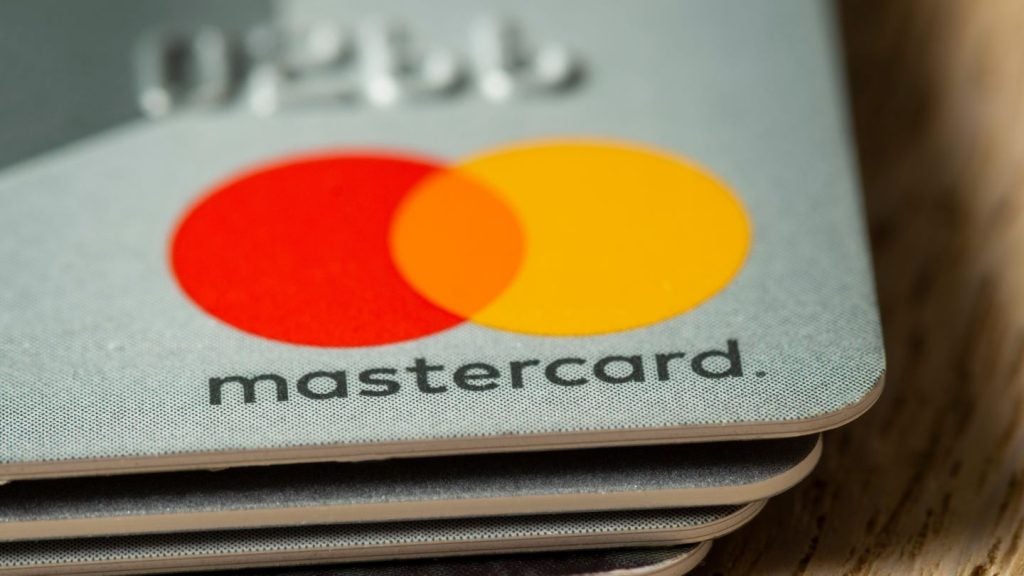
Strategic partnerships have always been a core part of the fintech industry. Firms providing backend payment infrastructure or add-on services have existed for decades, but as the space develops so too do the possibilities for niche companies to insert themselves into the value chain.
GlobalData’s new Strategic Partnerships in Fintech (2024) report sheds light on the emerging and upcoming trends in the sector. At an industry-wide level, key factors encouraging new partnerships between fintechs and traditional banks include regulatory alignment, increased funding costs and the rapid growth of disruptive technologies like artificial intelligence (AI) and crypto. Banks can provide fintechs with much-needed legitimacy and a steady stream of income, and, in return, the banks can expand into new areas of finance without the financial risk of building the teams in-house.
What is a strategic partnership?
According to the report, “’Partnership’ has become a catch-all term for a wide variety of different collaborations, which could be as ‘light’ as a referral agreement with a non-traditional SME lender, to ‘heavier’ solutions like white labelling the underlying credit risk capabilities, to co-development of the overall platform, to outright acquisition.
“For example, a bank may start initially with a simple referral link to a non-bank SME lender in the event that the incumbent is unable to extend financing (so-called ‘affinity marketing’). Then over time it might incorporate part of the fintech’s credit engine, license the whole proposition, or acquire the solution and the human capital (known as ‘acqui-hiring’).”
This model allows banks to get to grips with software solutions before pursuing a takeover, theoretically reducing alignment time and reducing the risk of major restructuring for the fintech.
Granularisation in the value chain
Many of the trends affecting fintechs are similar to those seen in other high-tech sectors: the rise of generative AI, a focus on ESG and cloud-based management along with the cybersecurity risks it brings.
There are, however, a few areas of specific interest to financial players. The broader sharing economy trend manifests in the banking and payments sector as an expansion of “bank as a service,” where banks back up online financial services providers, who manage the interface and user experience aspects. For banks, this allows them to share this infrastructure among several fintechs, increasing revenue at little extra cost.
in return, non-banks are able to “offer financial services to deepen relationships with consumers, starting with branded payment cards, but extending to buy now pay later (BNPL) and other types of unsecured lending.
“This is leading to ever more segmented digital propositions. New entrants only worry about the cost of the over-the-top digital services, while specialist banks (e.g., Cross River, Sutton Bank, Celtic and Evolve) and a growing number of incumbent banks handle regulated activities.”
This value chain is further fragmented due to the difficulties of updating legacy core banking systems. “In response, we’ve seen partnerships a layer deeper than that with traditional banks who own the banking licence, then a technology partner to deliver the “As A Service components on top of that, and then the non-bank entity that will be the face of the OTT services.”
This granularisation is only expected to grow as the market matures. The report notes however that big banks still hold an advantage as they “hold regulatory entitlements and are plugged into payments infrastructure in multiple markets.”
Alongside this granularisation, a channel shift is taking place. As the number of entrants in the payment and financing sector grows, banks face “new strategic questions around how to optimize a bank’s products and services for a third-party environment it cannot fully control and the extent that this distribution dilutes or enhances a bank’s brand.”
The report adds that this shift is beyond simply altering the mix of channels used, like the move to using payment infrastructure built into apps like Facebook or TikTok. The lack of direct control that banks have over these new channels in fact begins to redefine what a channel fundamentally is.







